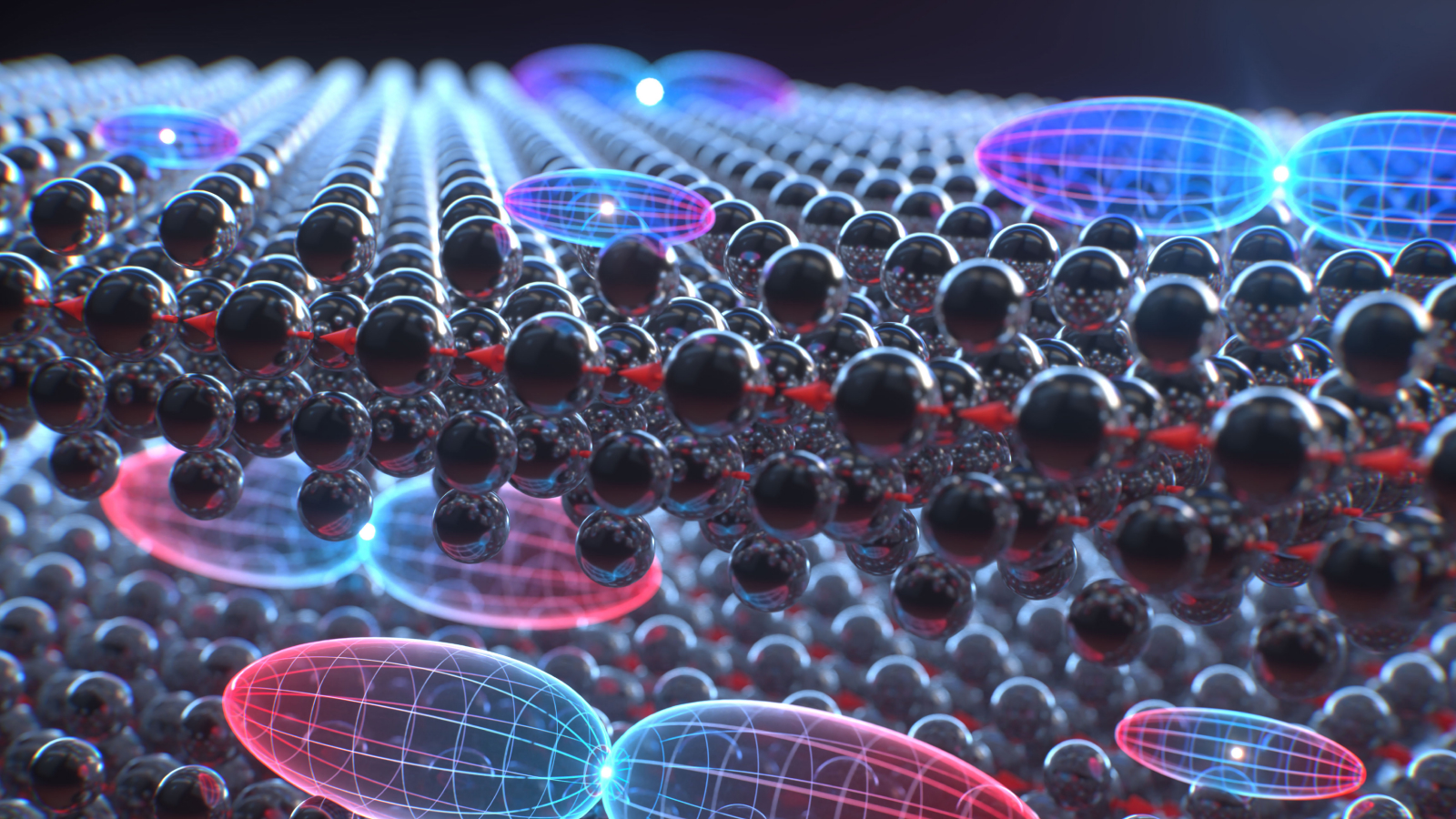Livescience
2M
192

Image Credit: Livescience
Quantum 'miracle material' can store information in a single dimension thanks to newly discovered magnetic switching
- Scientists have discovered a quantum material that can store quantum information using magnetic switching, leading to more viable quantum computing and sensing capabilities.
- Chromium sulfide bromide, likened to filo pastry due to its thin atomic layers, shows promise in information storage through various methods like electric charge, light, magnetism, electrons' spin, and phonons.
- It can store information using excitons, formed when an electron and its hole bind together, leaving behind a hole when a photon moves from its grounded state.
- At lower temperatures, the material's layers are magnetized, whereas it loses magnetization at higher temperatures, allowing excitons to extend over multiple layers.
- In its single-atom-thick form, chromium sulfide bromide confines excitons to a single dimension, potentially allowing for longer storage of quantum information by reducing collisions and decoherence.
- A recent study reported producing excitons in chromium sulfide bromide using infrared light pulses, resulting in different variations of excitons aligned in different directions.
- Magnetic order plays a crucial role in shaping excitons and interactions, potentially revolutionizing future electronics and information technology.
- Researchers aim to explore the conversion of excitons to magnetic excitations in the electronic spin of the material, enabling the conversion of quantum information between subatomic particles.
- The material's ability to switch between magnetized and non-magnetized states may facilitate speedy conversion of photon and spin-based quantum information for future quantum devices.
- Chromium sulfide bromide's properties of storing information through magnetism, along with its abilities in photon information transfer, electron processing, and phonon modulation, hold promise for future quantum devices.
Read Full Article
11 Likes
For uninterrupted reading, download the app